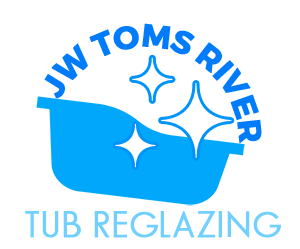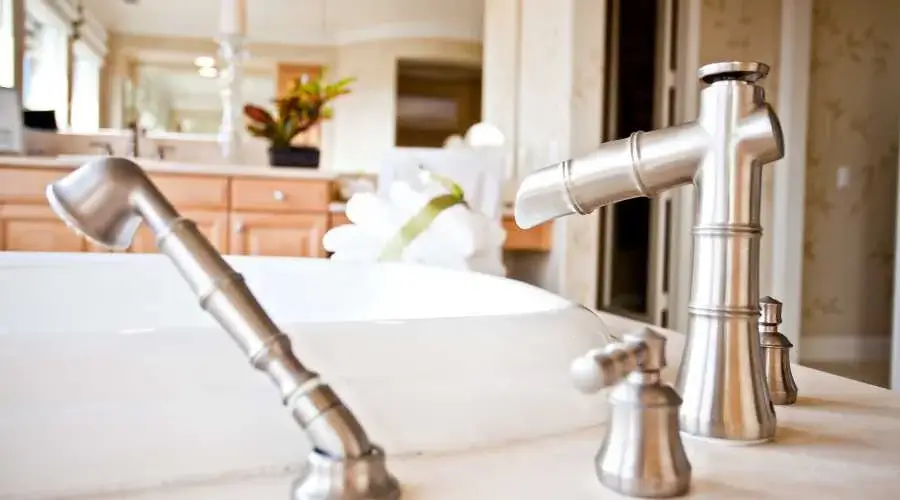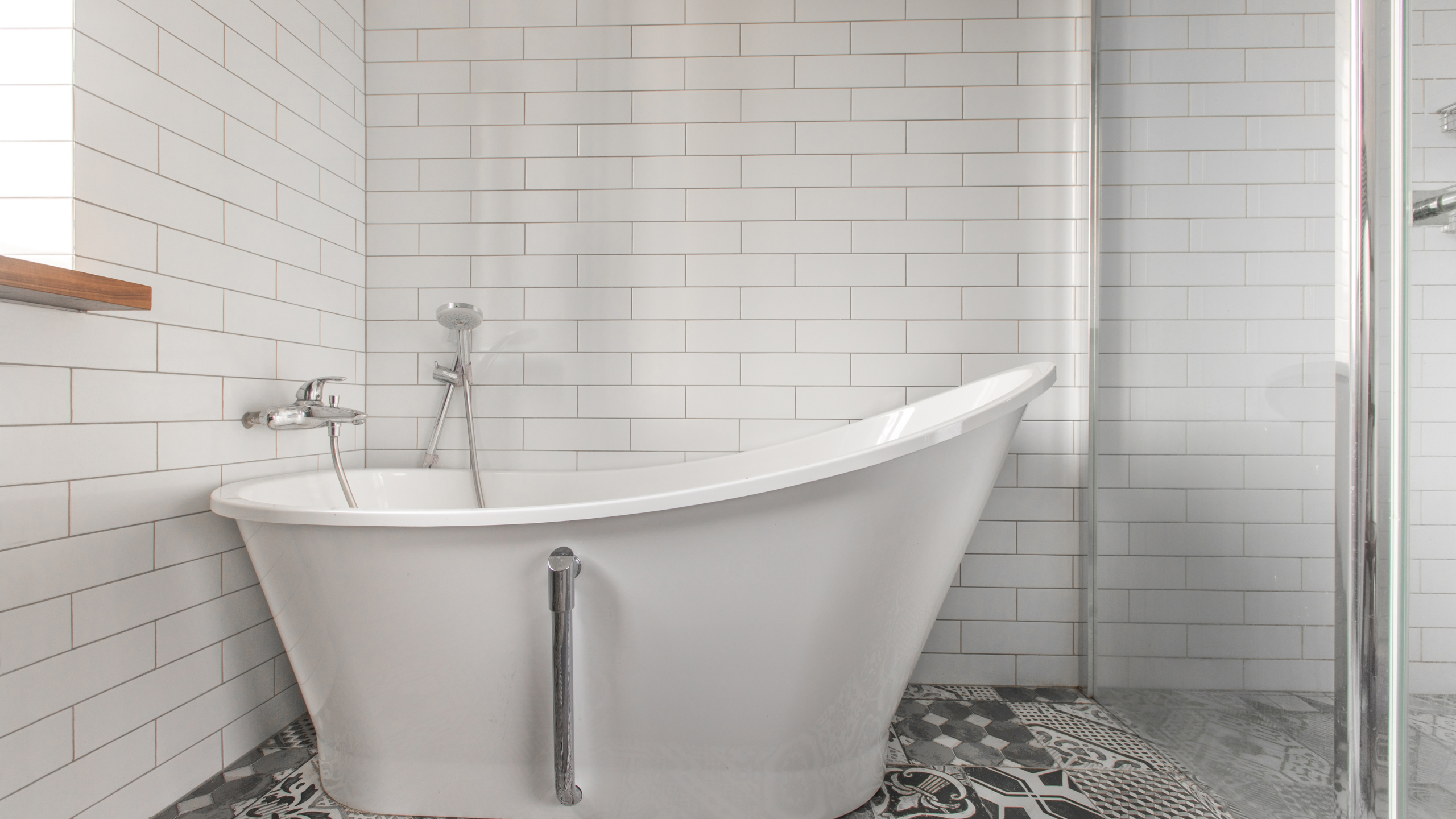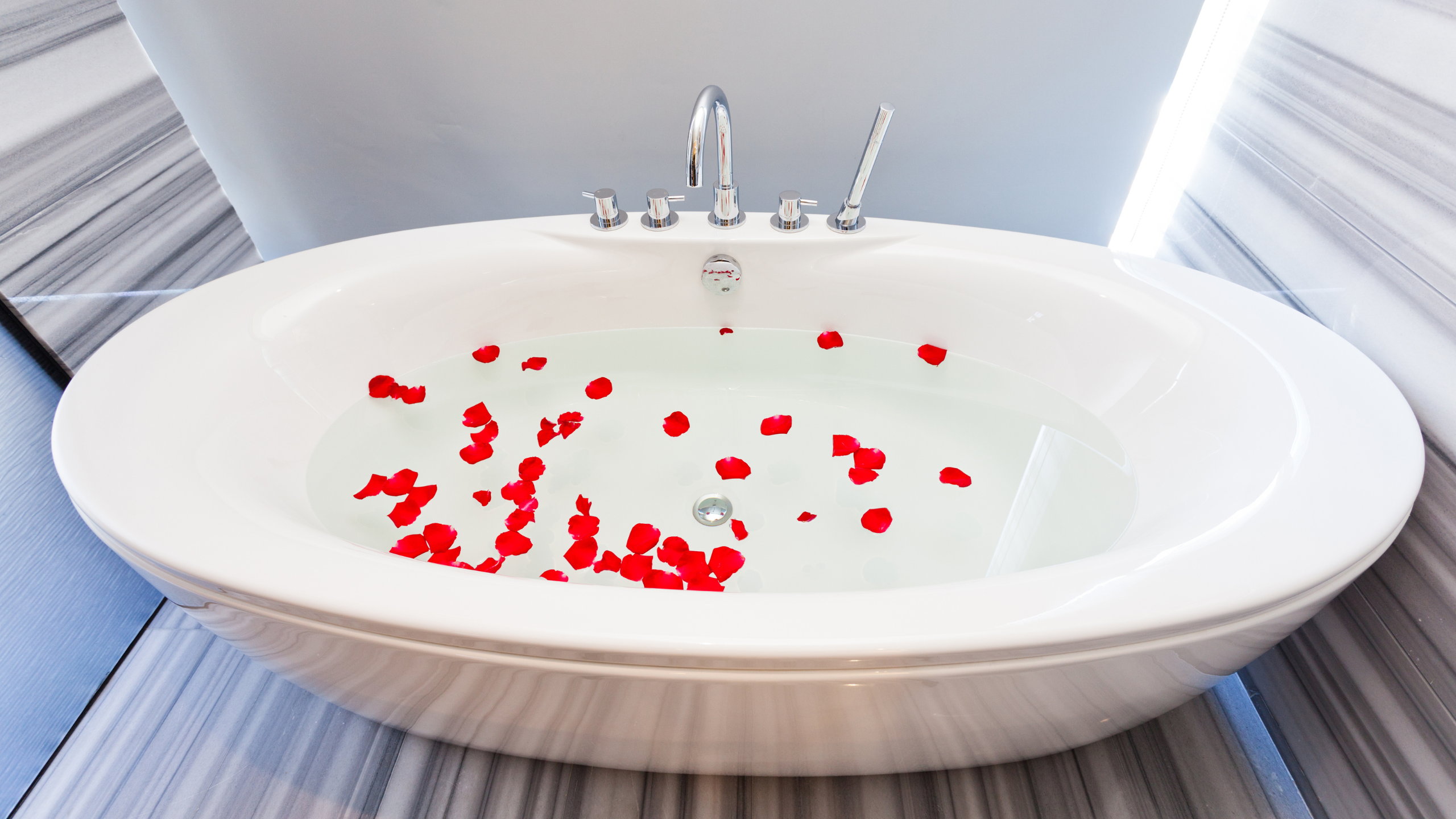Two options present themselves when one is “blessed” with a bathroom from the 1950s, complete with pastel-colored tiles (peach? teal? fading yellow?). Get used to it, or prepare to remodel. Reglazing tile, tubs, and sinks is a third alternative that can be just as impressive as a total makeover without the time and expense.
Possibly more familiar to you by another name: Reglazing can be called resurfacing, refinishing, or even painting (though painting is not the official phrase). The method, however, remains the same: After a professional comes to your home and cleans the tile, sink, or tub, then sprays an enamel over them, the area is instantly transformed.
If you’re looking for a permanent solution or a stopgap, reglazing can help you save money. Furthermore, the method is rather simple: To ensure that the enamel adheres to the tiles being reglazed, professionals will acid-etch the tiles to remove the sheen and then clean the surface using chemicals to remove any remaining oil and grease. Tiles need to be cleansed and carefully sanded before they can be painted again. The surfaces will next be sprayed with three or four layers of high-gloss enamel. You can’t meet the demand for a matte finish because porous tiles would quickly show dirt.
You may have been wary because the new liquid enamel coating is applied through spray, but rest assured that this is the most effective method for achieving a flawless shine. Since both the grout and the tile have been enameled over (the enamel is just a few millimeters thick, so the grooves will not be filled in), they will look uniform. Wait at least 12 hours after the restroom has been reglazed before using it again. It is possible to complete a reglazing project in a day. Your grandma’s old tub won’t be around much longer after that.




